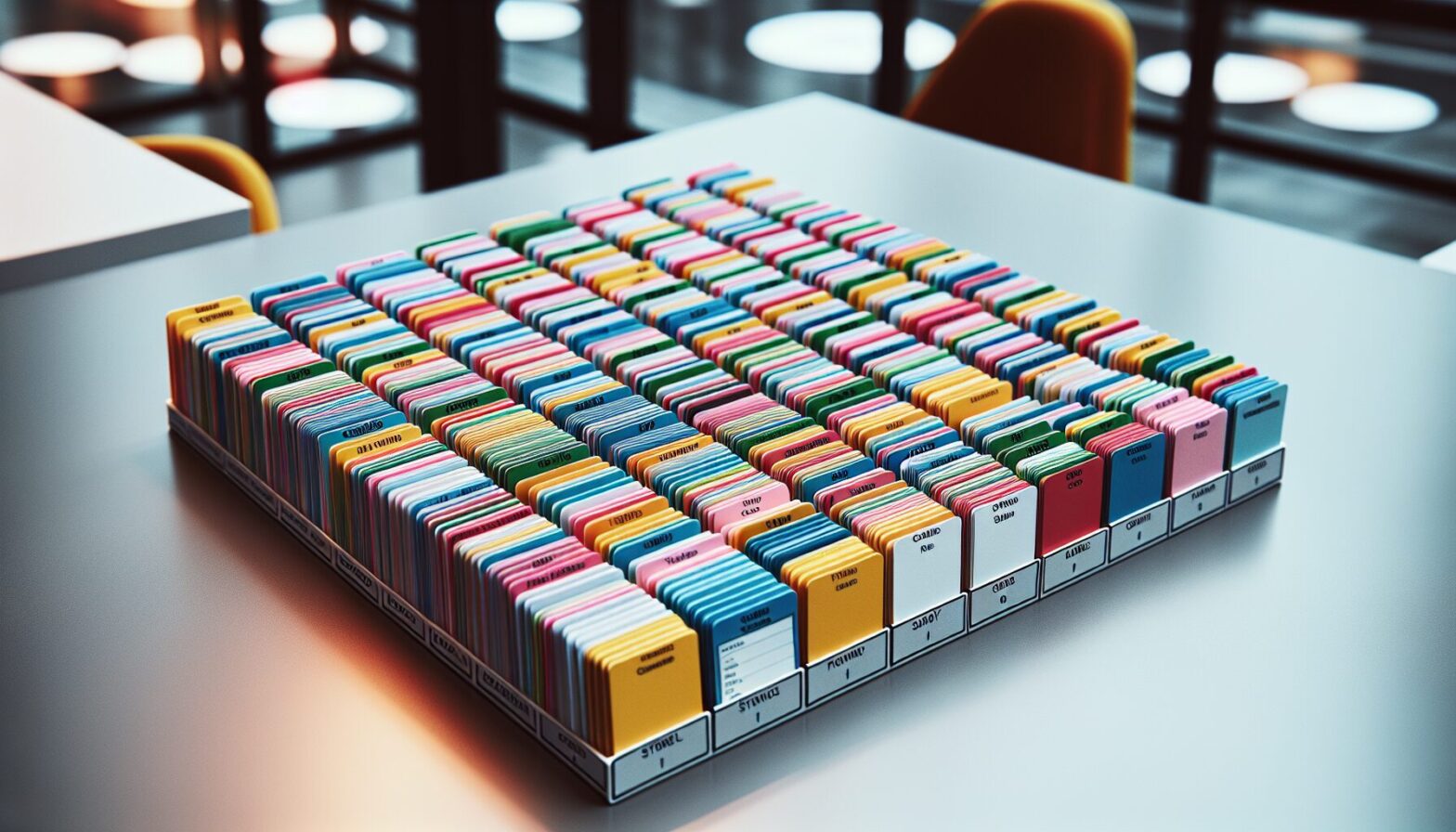Understanding the T-Card System and Its Origins
At first glance, the T-Card system might seem like a simple organisational tool — a set of cards on a board used to track tasks, resources, or personnel. However, its humble design belies a powerful capability that has influenced workflows in industries ranging from manufacturing and construction to healthcare and event management.
The T-Card system originated in the mid-20th century as an analogue method to visually manage complex operations without relying on early computers or digital software. Essentially, each card represents a unit of information — such as a task, a person’s shift, or an inventory item — which can be easily moved, updated, or removed. This tactile and visual approach allows teams to immediately grasp the status of their operations at a glance.
Despite the digital revolution, the T-Card system has endured and even seen renewed interest in recent years. Its physical presence and simplicity offer an intuitive user experience that many digital project management tools struggle to replicate. In environments where rapid, collaborative decision-making is essential, the T-Card system remains invaluable.
The Role of the T-Card System in Shaping Global Organisational Trends
While it might not make headlines like AI or blockchain, the T-Card system has subtly shaped global organisational trends by emphasising visual management and lean principles. It embodies the philosophy of transparency and real-time communication — concepts that underpin popular modern methodologies such as Agile and Kanban.
Companies worldwide have adapted the core idea of T-Cards into digital forms, spawning a variety of project management apps that use drag-and-drop cards to track progress. This lineage traces back directly to the tactile, low-tech system that prioritised clarity over complexity.
Moreover, the T-Card system has helped democratise information flow within organisations. By making data accessible and understandable to everyone on the team, it breaks down hierarchical barriers and fosters a culture of collective responsibility. This approach has influenced how multinational corporations design their internal communication strategies, helping them remain agile amidst global challenges.
Why the T-Card System Still Matters in a Digital World
In an era dominated by cloud computing and AI-powered analytics, it might seem counterintuitive to champion an analogue system like T-Cards. Yet, its resilience highlights important truths about human cognition and collaboration.
The tactile engagement with physical cards appeals to kinesthetic learners and helps teams physically externalise their workload, making abstract concepts more concrete. This can improve focus and reduce cognitive overload, especially in high-pressure environments such as emergency services or manufacturing floors.
Furthermore, in regions or industries where digital infrastructure is limited or unreliable, the T-Card system offers a low-cost, robust alternative that doesn’t depend on electricity or internet connectivity. Even within high-tech companies, having a visible, physical board often complements digital tools by reinforcing team alignment during stand-up meetings or quick huddles.
Ultimately, the T-Card system exemplifies how simple solutions can coexist with cutting-edge technology to enhance productivity and communication.
Conclusion: The Enduring Legacy of the T-Card System
The T-Card system is a testament to the power of simplicity in organisational design. From its origins as a straightforward analogue tool to its influence on contemporary project management frameworks, it has quietly shaped how teams around the world manage information and collaborate effectively.
Its enduring appeal lies not just in ease of use but in fostering transparency, agility, and inclusivity within organisations. As businesses continue to navigate complexities in an interconnected world, revisiting fundamental tools like the T-Card system can offer valuable lessons.
In summary, while technology marches forward at an astonishing pace, sometimes the most profound impacts come from systems that prioritise human-centric design — and the T-Card system remains a shining example.
Notes
- The T-Card system predates many modern project management tools by several decades.
- Visual management techniques inspired by T-Cards form the backbone of Agile and Kanban methodologies.
- T-Cards are still widely used in sectors with limited digital infrastructure due to their reliability.
- Physical T-Card boards can improve team communication by providing immediate visual status updates.
- Many digital project management platforms owe their interface design to the original concept of T-Cards.
